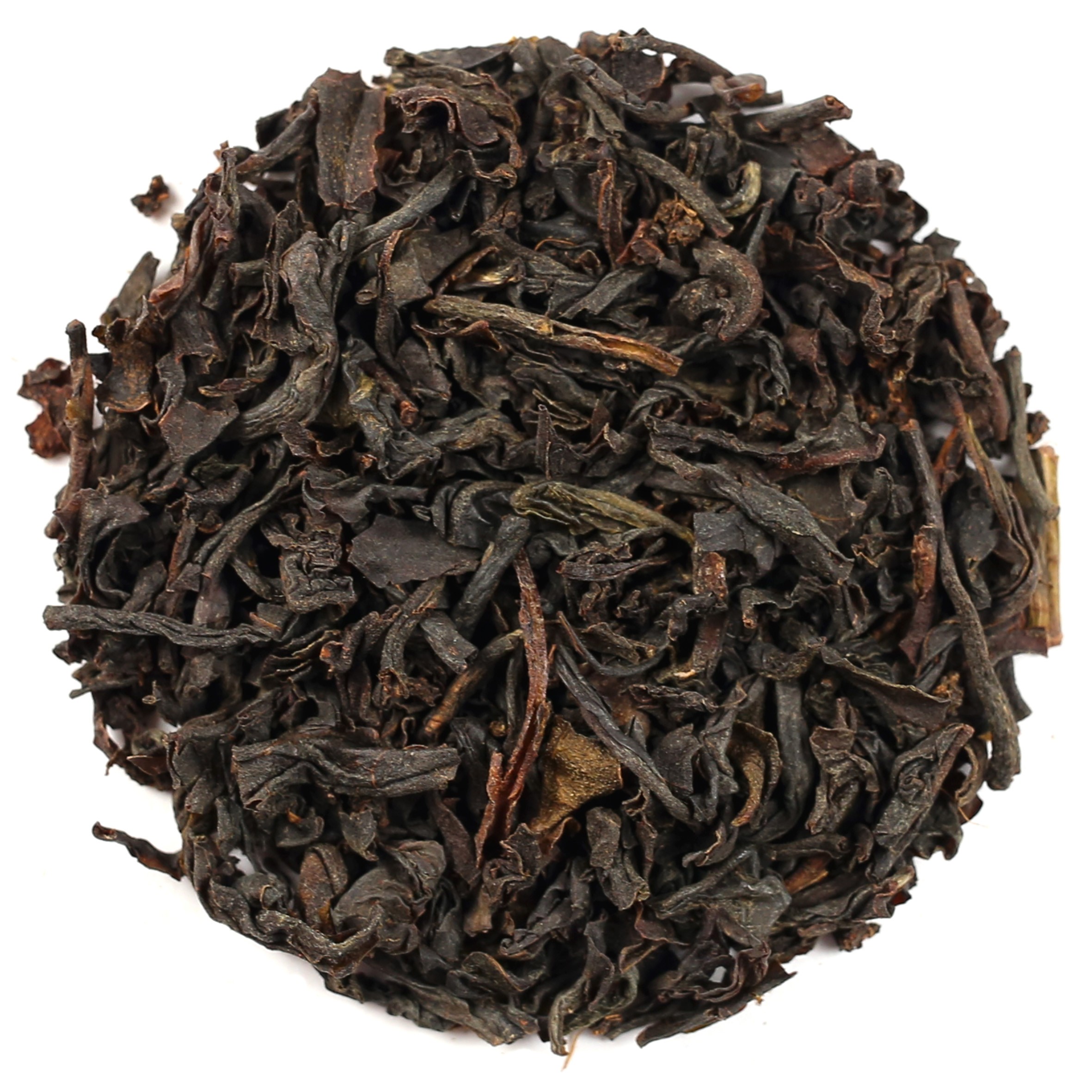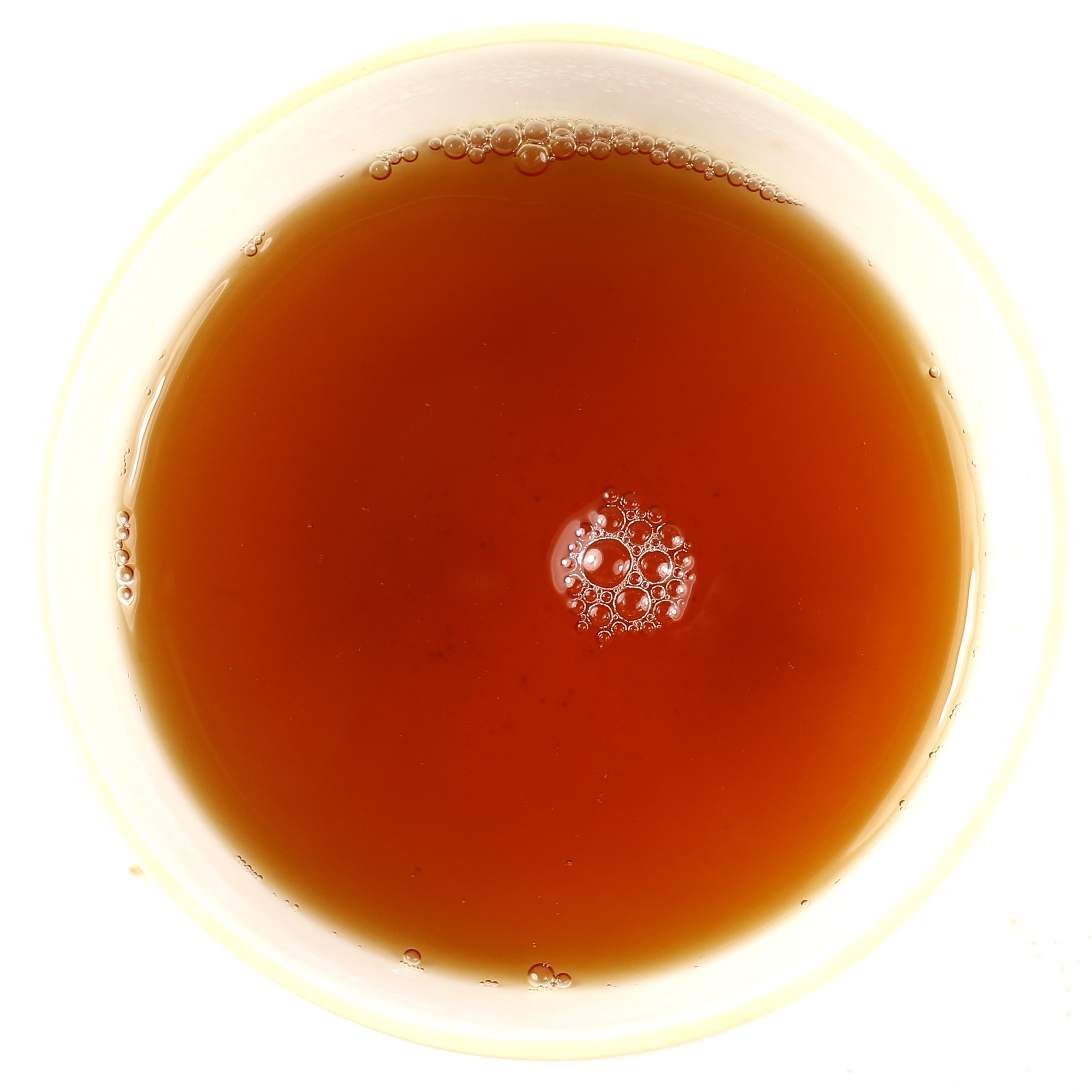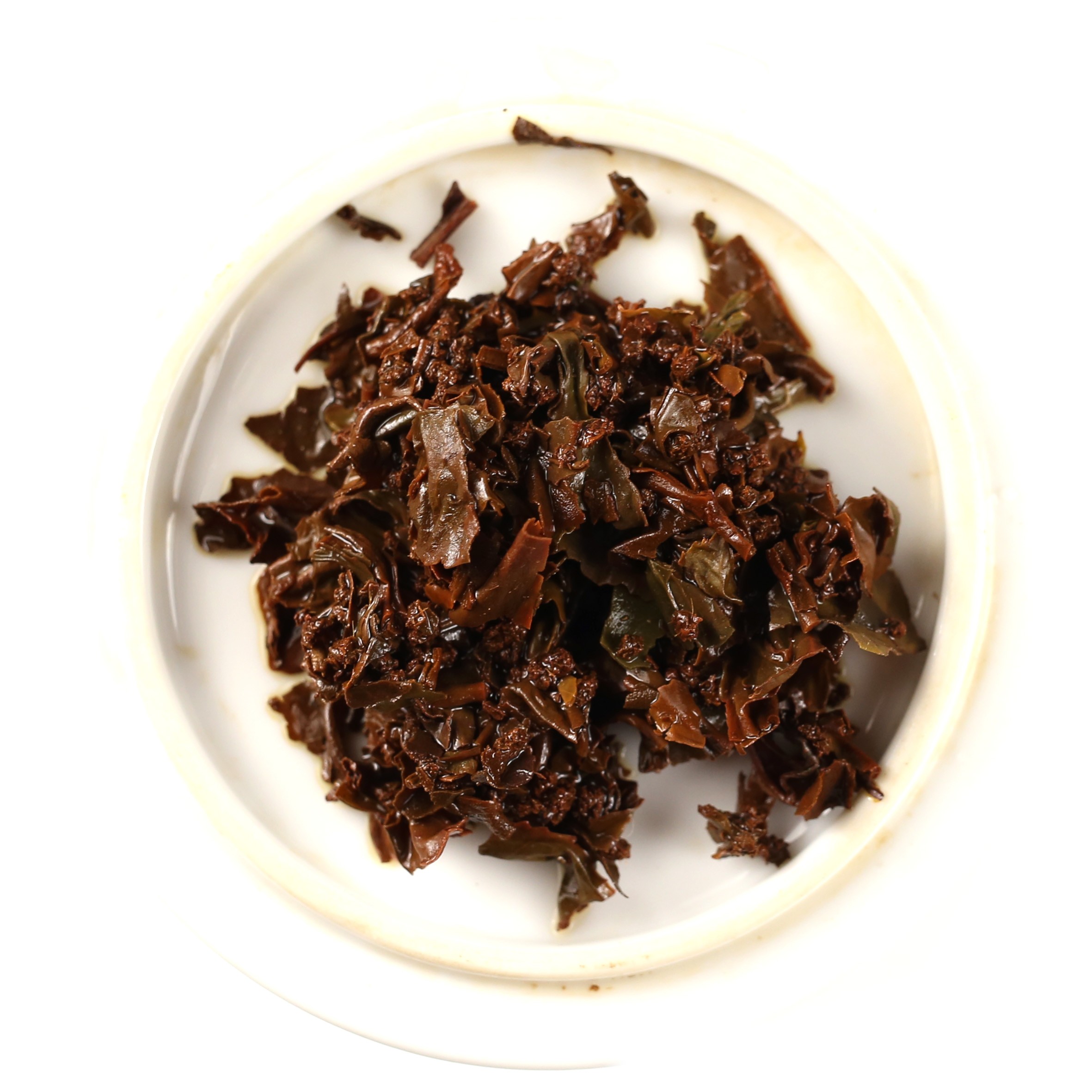Black Tea Brewing Guide

1 Teaspoon
Add 1 teaspoon per person and one for the pot.

95⁰c - 100⁰c
Boil using fresh water, at a temperature of 95⁰ - 100⁰c.

3 - 5 Mins
Steep for 3-5 minutes, depending on personal preference
About Product
-
Product Description
Queen Mary Tea is a Black Tea consisting of leaves from Assam and Nilgiri in India, the Nandi Highlands in Kenya, and the Dimbula District of Sri Lanka.
Its name refers less to the 15th century Monarch and more to the 20th century Queen Mary Ocean Liner. Journeys aboard this beautiful vessel often involved sitting down to have an Afternoon Tea.
You can now honour the tradition at home by buying from The Kent and Sussex Tea and Coffee Company today. Our delicious, invigorating Queen Mary Tea – known for its malty depth and floral notes – is one of over 1,000 types of Tea we pack fresh to order.
In doing so, we can proudly guarantee not only quality but also consistency with every cuppa brewed.
About Queen Mary English Tea Blend
You might not be able to travel on the Queen Mary ocean liner anymore, but you can explore the world through our Queen Mary Tea.
The blend is the product of numerous Tea-growing districts stretching from Africa to Asia, all of which offer something unique.
If we were on a ship, perhaps our first port of call would be Kenya – a country that accounts for around 50% of the UK’s Tea imports.
Kenya is Africa’s largest Tea producer, ranking fourth in the world according to some statistics. The local industry has two distinct divisions: the large-scale Keyan Tea plantation division and the small-scale Tea farms called smallholders.
Overall, there are some 550,000 Tea farmers, many of whom harvest their crop in the Nandi Highlands west of the Rift Valley.
The Journey Continues
The next stop might be Sri Lanka – formerly known as Ceylon. The Dimbula district, in particular, finds itself between two high plateaus in Central Province. Its name comes from the valley that lies in its heart.
When it comes to the general taste of Ceylon Loose Tea from here – which is “high-grown” – you can expect refreshingly mellow notes. Such is the case when added to our Queen Mary Tea.
Finally, we have India. Nilgiri is the lesser-known district when compared to Assam. It lies high on the plateaus of South India, its iconic hills making up a part of the Western Ghats.
Monsoon rain sweeps across the district during the mid-summer months, bringing life to the many producing Nilgiri Tea gardens. Workers often harvest the leaves throughout winter, creating so-called “Frost Teas”.
Assam, on the other hand, is an area known and loved around the world – due, mostly, to the Tea it creates. The plant variety found here is that of Camellia sinensis var assamica – different to that of its Chinese counterpart, Camellia sinensis var sinensis.
When blended into Queen Mary Tea, it makes a match made in heaven. Why not find out for yourself today?
How to Brew Queen Mary Tea Blend in Four Steps
1, Add Loose Leaf Tea to a Tea Infuser or Filter.
2, Place the Tea-filled accessory in a cup or mug.
3, Put the kettle on and, once boiled, pour it over Queen Mary Tea Blend.
4, Allow it to steep for 3-5 minutes.
How to Serve: There is the option of adding milk, sugar, honey or lemon. However, we believe it provides the best flavour without any accompaniments.
Health Benefits of Queen Mary English Tea
All types of Black Tea contain an abundance of antioxidants capable of improving health and wellbeing in a variety of ways. According to research, these antioxidants can combat free radicals in the body, the product of natural, though harmful, human oxidation.
The result is that Queen Mary Tea reduces the risk of developing numerous chronic conditions.
-
Delivery Information
We offer reliable delivery services through Royal Mail to ensure that your orders reach you on time.
Here are the main points you should be aware of:
- Standard UK Delivery: £3.95 excluding delivery charge.
- Delivery Times: Orders are processed and dispatched within 2-5 working days but they may take longer during busy times. It is worth noting that all our orders are packed by hand in order to maintain the quality.
- Free Delivery: We are delighted to provide free shipping for UK orders over £35*. Moreover, customers from Europe can enjoy free shipping for any purchase above €75*. Furthermore, we offer free delivery in the USA for all purchases exceeding $125*. Please note terms and conditions may apply.
- Tracking: When your package is sent you will receive a tracking number via email so as to keep tabs of its progress.
International Shipping
We do ship worldwide meaning our products can be accessed by anyone around the world.
Here are some important details:
- Delivery Times: International deliveries vary based on destination, generally taking between 7-14 working days.
- Shipping Costs: International shipping costs are calculated at checkout based on your location and weight of your order. View full delivery charges for your location.
- Customs and Import Duties: Remember customs or import duties may exist depending on regulations in your country; these charges are borne by the customer.
Returns Policy
Your satisfaction is our top priority, however if for any reasons you’re not completely happy with your purchase, simply follow our returns procedure:
- Eligibility: Items returned within 30 days of receipt must remain unopened and in their original condition.
- Process: In order to return an item contact our customer service department using your unique order number after which detailed instructions will be given concerning returning them back to us securely.
- Refunds: Our aim is to refund you within 5-7 working days upon successful reception of returned goods. The refund amount will be credited to your original payment method.
For any other Enquiries or help please contact our Customer Support Team always at your service.
-
Product Reviews

 Loose Leaf Tea
Loose Leaf Tea Pyramids
Pyramids Tea Bags
Tea Bags Africa
Africa Assam
Assam Ceylon
Ceylon Chinese
Chinese Darjeeling
Darjeeling European
European Indian
Indian Japan
Japan Nepal
Nepal South East Asia
South East Asia Ayurveda Tea
Ayurveda Tea Black Tea
Black Tea Chai Tea
Chai Tea Flowering Tea
Flowering Tea Fruit Tisanes
Fruit Tisanes Green Tea
Green Tea Herbal Tea
Herbal Tea Matcha Tea
Matcha Tea Oolong Tea
Oolong Tea Organic Tea
Organic Tea Pu erh Tea
Pu erh Tea Rooibos Tea
Rooibos Tea White Tea
White Tea Asian Coffee
Asian Coffee Caribbean Coffee
Caribbean Coffee Central American Coffee
Central American Coffee South American Coffee
South American Coffee Coffee Blends
Coffee Blends Decaffeinated Coffee
Decaffeinated Coffee Espresso Coffee
Espresso Coffee Ethically Sourced Coffee
Ethically Sourced Coffee Flavoured Coffee
Flavoured Coffee Organic Coffee
Organic Coffee Single Origin Coffee
Single Origin Coffee Chocolate 1
Chocolate 1 Chocolate 2
Chocolate 2 Chocolate 3
Chocolate 3 Chocolate 4
Chocolate 4 Chocolate 5
Chocolate 5 Chocolate 6
Chocolate 6 Chocolate 7
Chocolate 7 Chocolate 8
Chocolate 8 Chocolate 9
Chocolate 9 Loose Tea Filters
Loose Tea Filters Tea Accessories
Tea Accessories Tea Bricks
Tea Bricks Tea Caddies
Tea Caddies Tea Caddy Spoons
Tea Caddy Spoons Tea Gift Ideas
Tea Gift Ideas Tea Infusers
Tea Infusers Tea Strainers
Tea Strainers




